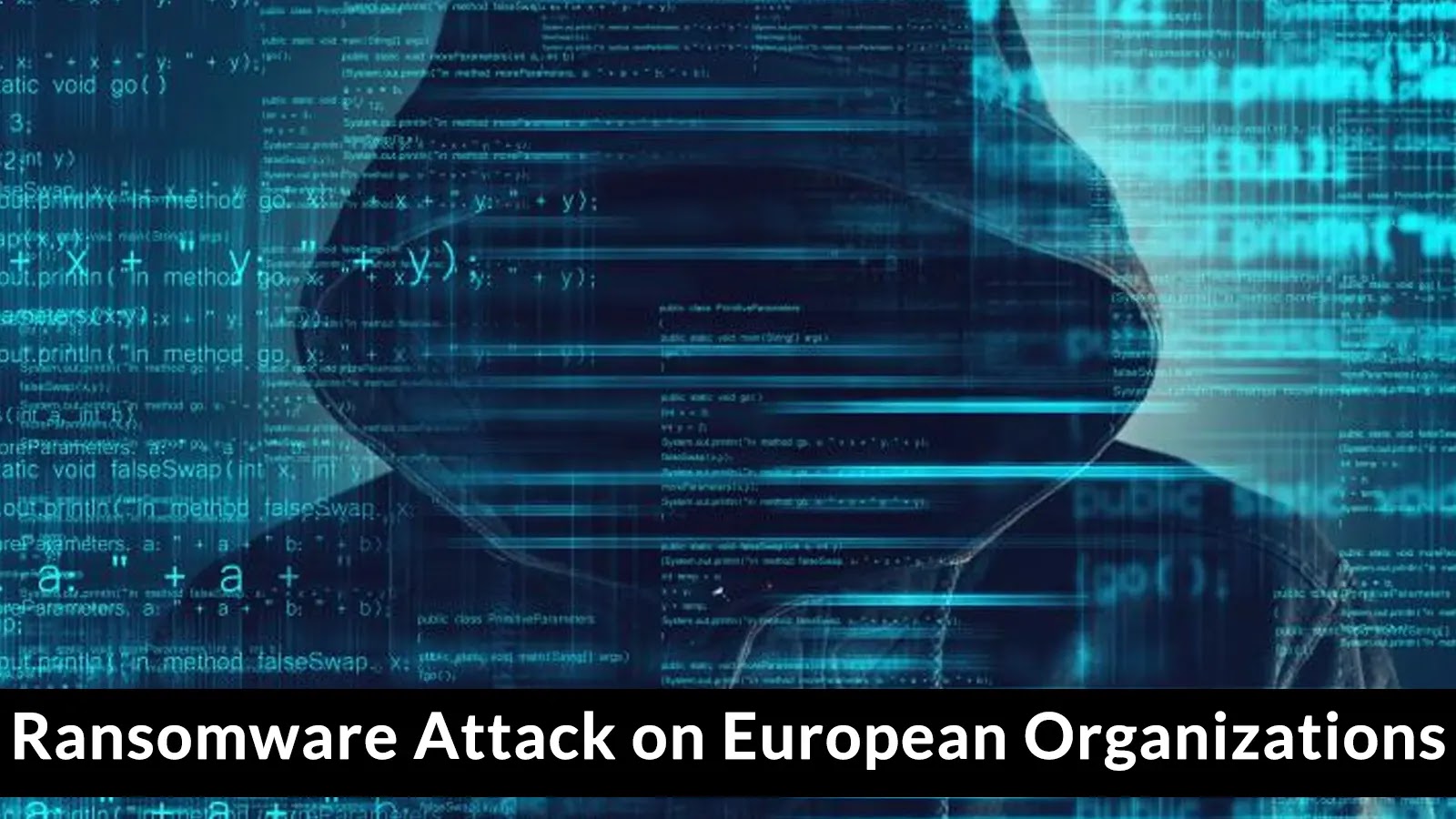Surge in Ransomware Attacks Targets European Organizations
In recent years, Europe has witnessed a significant escalation in ransomware attacks, positioning the continent as a prime target for cybercriminals. According to CrowdStrike’s 2025 European Threat Landscape Report, European organizations accounted for nearly 22% of global ransomware and extortion victims, second only to North America. Since January 1, 2024, over 2,100 European-based victims have been listed on data extortion leak sites, underscoring the region’s growing vulnerability.
The United Kingdom, Germany, Italy, France, and Spain have been particularly affected, with 92% of incidents involving both file encryption and data theft. This dual-threat approach not only disrupts operations but also exposes organizations to potential regulatory penalties under the General Data Protection Regulation (GDPR). Cybercriminals exploit these stringent regulations, threatening to release sensitive data unless ransoms are paid, thereby increasing the pressure on victims.
The manufacturing sector has emerged as the most targeted industry, with its share of successful attacks rising from 26.92% to 28.79%. Technology and healthcare sectors follow closely, with attacks on healthcare surging to 8.97%, highlighting the attractiveness of sensitive patient data to adversaries. Retail, hospitality, and transportation sectors also remain under constant threat.
Attackers are deploying ransomware faster than ever, with groups like Scattered Spider reducing the average time to deploy ransomware to just 24 hours after breaching a network. Common tactics include harvesting credentials, encrypting files remotely, and exploiting unmanaged systems. The evolution of underground criminal marketplaces, the maturation of Malware-as-a-Service ecosystems, and geopolitical tensions have further complicated the threat landscape.
Notable ransomware groups such as Qilin and SafePay have been particularly active in Europe. In Q3 2025, Europe recorded 288 ransomware attacks, with Qilin accounting for 65 victims, maintaining its position as the most aggressive threat actor targeting the continent. SafePay’s rapid ascent to second place has also raised concerns among security teams.
The convergence of criminal and nation-state threats has redefined the risk landscape. The profitability calculus behind European targeting is straightforward: the continent hosts five of the world’s ten most valuable companies, making European entities inherently lucrative targets. Additionally, attackers have weaponized Europe’s robust regulatory framework, specifically GDPR penalties, threatening victims with data breach notifications as a coercion tactic.
To combat these rapidly evolving and increasingly sophisticated cyber threats, organizations must adopt a defense strategy that combines artificial intelligence, intelligence gathering, and human expertise. Proactive intelligence, attack simulations, regular audits, and robust digital security governance are essential components of a comprehensive cybersecurity strategy. Public-private collaboration, including shared initiatives for threat intelligence and coordinated deployment of defensive measures, is also crucial in mitigating the impact of ransomware attacks.



